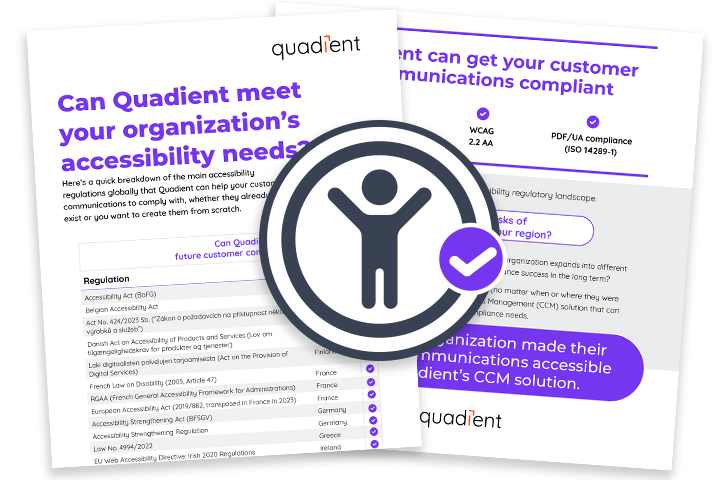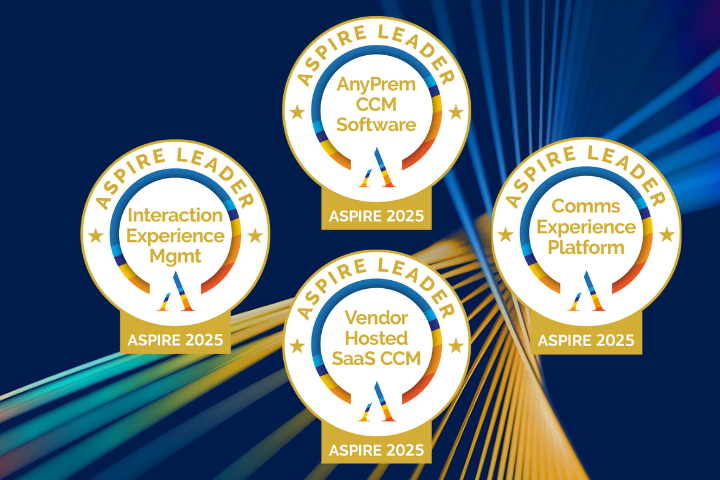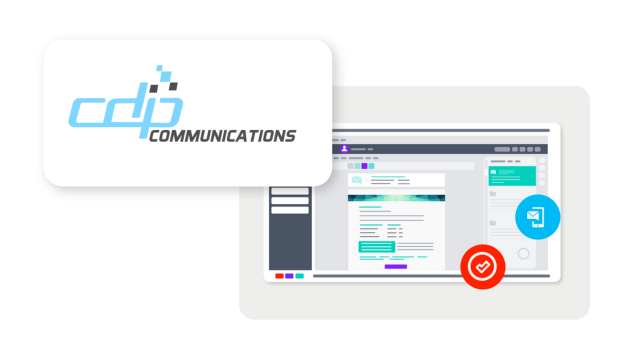
American entrepreneur Sam Walton once said, “To succeed in this world, you have to change all the time.” That idea is particularly true when it comes to how businesses manage the intersection of finance and technology.
Innovation and necessity are continually driving businesses to adapt how they approach well-established, fundamental procedures like accounts payable. To get a better sense of this, it’s helpful to look at the steps that AP employees typically follow, and how advances in digital technology can help teams work smarter.
Manual Payables? Nobody has time for that!
The AP process begins the moment an invoice is received. If you are still using non-automated methods, here is what that, and every step following, looks like:
- The bill arrives by mail, fax, e-mail, or it may even be hand-delivered.
- It is assigned to the appropriate team member.
- The data is input into a system, perhaps being manually typed into a spreadsheet.
- The invoice can be reviewed for approval. This typically involves reviewing the original purchase order, the goods receipt, and the vendor’s invoice to ensure that they all match.
When the process isn’t automated, team members are likely digging through filing cabinets or searching through folders on a computer. As if this weren’t inefficient enough, it assumes that documents have been stored properly.
It is estimated that companies misfile approximately 20% of their documents.
Even when this is completed, there are still several more steps before payment is made.
- The bill has to be sent to an approver, who signs off on it.
- If proper controls are in place, it makes its way to another person who will authorise payment.
Along the way, it is possible for invoices to simply sit on an approver’s desk, or get lost in the shuffle of paperwork. This can drastically slow down the AP process, or leave your team chasing down managers to get their sign-off.
In a survey of 200 AP professionals conducted by Quadient Accounts Payable Automation by Beanworks, it was found that 20% of their time was spent managing approvals.
Burning a hole in your wallet
Not only is this an incredibly time-consuming process, but it is potentially expensive.
Studies show that it costs around US$120 to find a misplaced file and US$220 to reproduce one. When combined with the high percentage of documents that typically get incorrectly stored, it’s easy to see how the expense can get out of hand.
However, manual processes leave companies open to an even bigger threat that can carry a much more substantial price tag. Inefficient, manual accounts payable exposes companies to an increased risk of fraud.
In 2020, expense violations increased by 292%. During the first year of the COVID-19 pandemic, occupational fraud rose by 90%. In one instance, an employee of Weyerhaeuser embezzled more than US$4 million over the course of several years by approving fraudulent invoices into her own account.
Without proper procedures and tools in place, these issues can become a significant financial burden on a company.
Get the house in order
To streamline your AP process and ensure that it is running as effectively as possible, it’s necessary to adopt a few best practices.
The first step is setting up multi-level approvals. Set a dollar amount that, once exceeded, requires two separate managers to approve. This will help safeguard against fraud. Another key step is to segregate duties so that the person who approves an invoice is not the same as the one who authorises payment. Basically, the more eyes there are on the process, the greater the chance that it will be kept honest.
You’ll also need to set up an approval matrix, which dictates the steps an invoice must follow, who is required to give approval, and defines how quickly it must be done. Similarly, you’ll want to standardise the workflow for purchase orders. By clearly defining each step along the way, you eliminate any ambiguity that can lead to delays or provide windows of opportunity for would-be fraudsters.
The right tool for the job
Adopting an automation solution like Quadient AP facilitates each of these best practices. Using the software, you can create customised approval channels. The system also sends out regular reminders to individual approvers until a task is completed, helping make sure that a bill never gets forgotten about or is left sitting for too long. It also allows you to create specific procedures for invoices, purchase orders, and payments, so that each has a clearly defined and distinct set of rules.
To provide companies with greater protection, Quadient AP restricts unauthorised access to financially sensitive documents and helps segregate duties. It can be set up with approval subsets of criteria for how to assign different invoices. The customised routing features also help create a digital audit trail, with all information readily available for easy retrieval.
Taken together, these tools help protect against late fees, fines, damaged relationships, and the high potential cost of fraud.
To learn more about how automation can improve our AP process, check out our resource library and latest case study.







